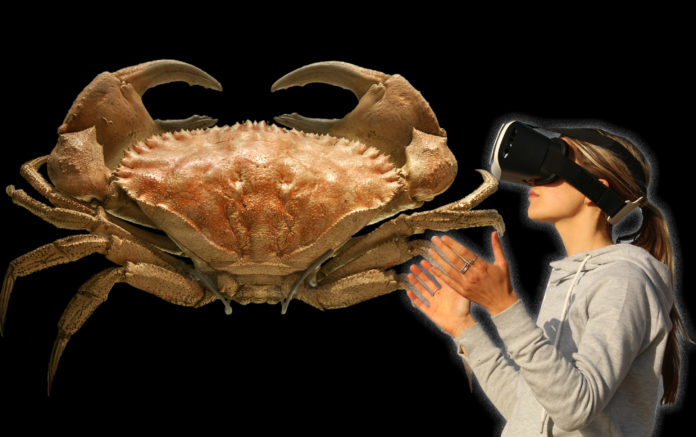British scientists develop virtual reality model for new treatment against cancer
British scientists at Cambridge have built a novel virtual reality (VR) 3D model of cancer that will help increase the understanding of disease as well as in finding new treatment
Researchers from the Cancer Research UK (CRUK) took a sample from tumor of a patient—a one millimetre cubed piece of breast cancer tissue biopsy—containing around 100,000 cells. They cut the tissue into thin slices and scanned them and stained the slices with markers to show their molecular make-up and DNA characteristics.
Researchers say it will increase our understanding of cancer and help in the search for new treatments.
How it was done
- Researchers took a 1mm cubed piece of breast cancer tissue biopsy, which had about 100,000 cells
- Wafer thin slices were cut, scanned and then stained with markers to show their molecular make-up and DNA characteristics
- The tumour was rebuilt using virtual reality
- The 3D tumour was analysed within a virtual reality laboratory
Understanding how cancer cells interact with each other and with healthy tissues is critical if we are going to develop new therapies
The VR system allows multiple users from anywhere in the world to examine the tumour.
“No one has examined the geography of a tumour in this level of detail before; it is a new way of looking at cancer,” the BBC quoted Greg Hannon, Director of CRUK’s Cambridge Institute.
“Understanding how cancer cells interact with each other and with healthy tissues is critical if we are going to develop new therapies. Looking at tumours using this new system is so much more dynamic than the static 2D versions we are used to,” said Karen Vousden, CRUK’s chief scientist.
Although the human tissue sample was about the size of a pinhead, within the virtual laboratory it could be magnified manifold to appear several metres across.
Pointing to a group of tumour cells which escaped from the breast milk ducts, Hannon said: “This may be the point at which the cancer spread to surrounding tissue and became really dangerous. Examining the tumour in 3D allows us to capture this moment.”


